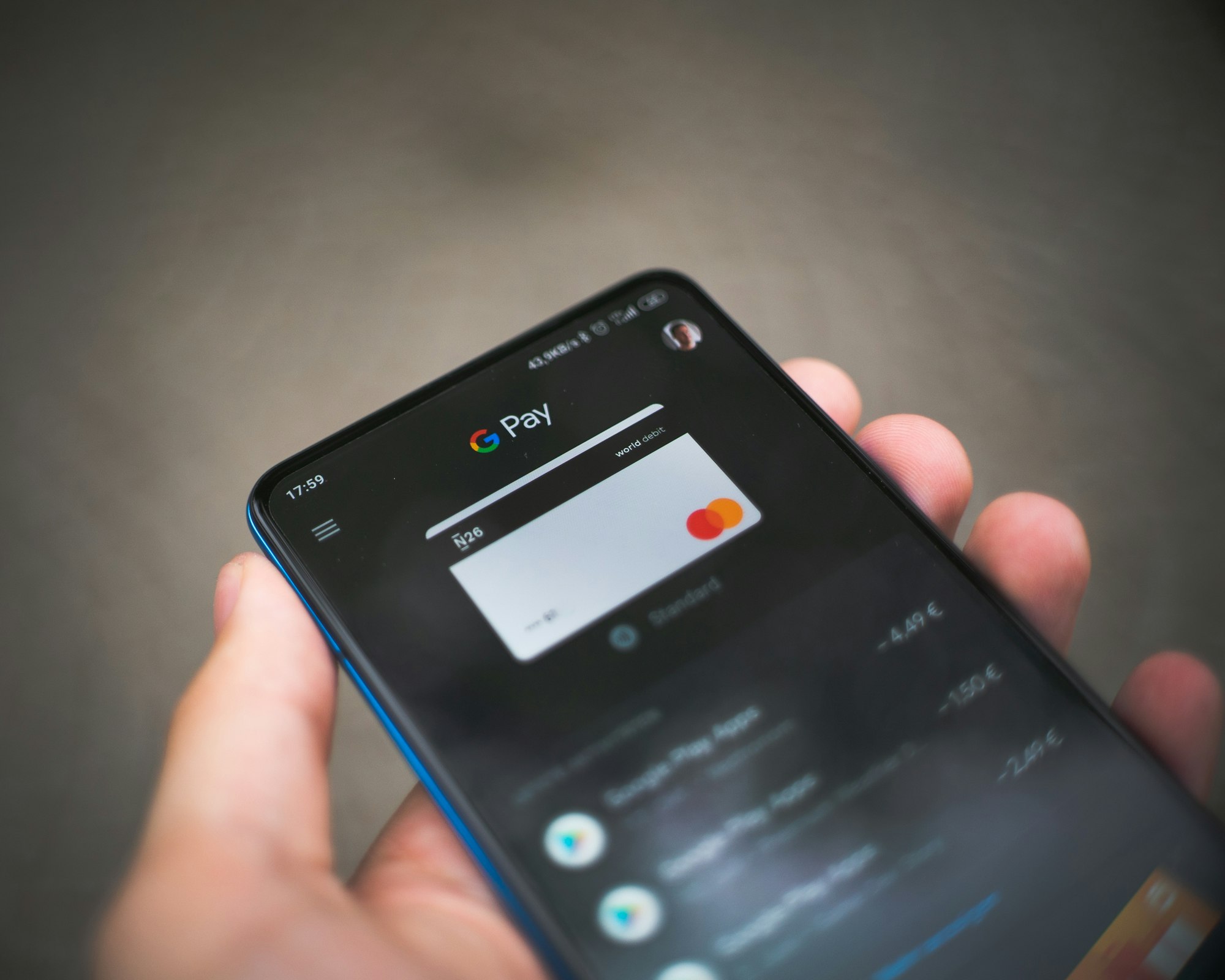8 Top Mobile App Trends for 2023

Mobile apps have become an integral part of our daily lives, and the demand for them shows no sign of slowing down. In fact, the global mobile app market is expected to reach over $935 billion by 2023, with a compound annual growth rate of 19.5% between 2018 and 2023.
Mobile apps are not just for entertainment; they are also being used in various industries to streamline processes, improve efficiency, and provide value to customers. From retail to healthcare to finance, mobile apps play an increasingly important role in business and are transforming how we work and interact.
As a professional in the mobile app industry, it's important to stay up-to-date on the latest trends and innovations. In this article, we'll explore 7 trends to watch out for in 2023 that are shaping the future of mobile apps.
Trend 1: Artificial intelligence and machine learning

AI and machine learning (ML) algorithms are increasingly used in mobile apps to improve user experiences and offer personalized recommendations. With the meteoric rise in platforms such as ChatGPT, stable diffusion, and mid-journey, expect to see more AI features coming to mobile apps.
One example of AI in mobile apps is the use of chatbots to provide customer support, answer questions, and make recommendations based on user preferences. For example, a chatbot in a retail app could provide personalized product recommendations based on a user's past browsing and purchasing history.
AI can also be used to analyze user data and offer personalized recommendations in other ways. For example, music streaming apps like Spotify could use AI to analyze a user's listening history and suggest new artists or genres that the user might enjoy.
Trend 2: Faster app performance

Users expect apps to load and run quickly, so developers are focusing on optimizing app performance and reducing load times. This is especially important in today's world, where users are accustomed to instant gratification and will quickly lose patience with slow-loading apps.
Apps today are also more data-heavy, relying on multiple data sources and engines to power basic functionality. As a result, it's important for developers to focus on optimizing the performance of their apps to ensure a smooth and seamless user experience. This could include techniques such as optimizing network requests, minimizing the use of resources, and reducing the size of app assets.
Trend 3: Cross-platform development

More and more developers are using cross-platform frameworks such as Flutter and KMM to build apps that can run on multiple platforms, such as iOS and Android, with a single codebase. This can be a more efficient and cost-effective way of developing apps. It allows developers to build a single app that can be used on multiple platforms rather than building separate apps for each platform.
Cross-platform development can also help to ensure that apps have a consistent user experience across different devices and platforms. This is important for maintaining brand consistency and providing a seamless user experience regardless of which device they use.
Trend 4: Increasing focus on privacy and security

As more and more personal information is shared through mobile apps, users are becoming increasingly concerned about their privacy and the security of their data. This is also relevant with new regulations such as GDPR taking full effect. As a result, app developers are putting an increased emphasis on protecting user privacy and securing user data. This could include measures such as using encryption to secure data in transit and at rest, implementing secure authentication methods, and adhering to strict data privacy policies.
App developers must be transparent about their data collection and use practices and provide clear and easy-to-understand privacy policies for users. This can help build trust with users and ensure they feel confident about sharing their personal information with the app.
Trend 5: Augmented reality (AR)

Augmented reality (AR) technology allows users to interact with digital content in a real-world environment. This technology is being used in various applications, such as virtual try-on for clothes or makeup, interactive museum exhibits, and more.
As AR technology becomes more accessible and user-friendly, expect to see more apps incorporating AR features. AR can be a powerful tool for enhancing the user experience and providing a more immersive and interactive experience. For example, a fashion app could allow users to virtually try on clothes and accessories using AR, or a museum app could offer interactive exhibits using AR to bring historical artifacts to life.
Trend 6: Gamification

Gamification refers to the use of game-like elements and mechanics in non-game contexts, such as mobile apps. Gamification can be an effective way to increase user engagement and drive desired behaviors in mobile apps. Top apps like TikTok, Duolingo, Twitter, and the YouVersion bible app use it to keep users coming back. By adding points, badges, rewards, leaderboards, and other game-like elements, developers can make mobile apps more enjoyable and rewarding for users and encourage them to continue using the app.
With the mobile app market becoming increasingly crowded, developers need to differentiate their apps from competitors and make them more engaging for users. Gamification is a great way to do this. It can also help to foster a sense of community and competition among users, encouraging them to engage more with the app. In addition, gamification can make tasks and processes within an app more enjoyable and satisfying for users, leading to increased retention and loyalty. As a result, gamification is likely to continue being a popular trend in the mobile app industry in 2023 and beyond.
To learn more about gamification, read our in-depth explainer here:

Trend 7: In-app purchases and subscriptions

As the app market becomes increasingly competitive, developers are looking for ways to monetize their apps through in-app purchases and subscriptions. In-app purchases allow users to purchase additional content or features within an app, while subscriptions enable users to access premium content or services on a recurring basis.
In-app purchases and subscriptions can be useful for app developers to generate revenue, especially for apps that offer a freemium model. Developers must strike a balance between offering value to users and monetizing their apps. Users are more likely to make in-app purchases or sign up for subscriptions if they feel they are getting good value for their money. This could include offering a range of pricing options or providing a free trial period to allow users to try out the app before committing to a subscription.
It's also essential for developers to be transparent about their pricing and to clearly communicate the value that users will receive for their money. This can help build trust with users and encourage them to make in-app purchases or sign up for subscriptions.
Trend 8: Collaboration and social features

Many apps are now incorporating collaboration and social features to encourage users to interact with each other within the app. This could include features such as group chat, social sharing, shared to-do lists, and shared calendars.
These features can be particularly useful for productivity apps, allowing users to collaborate and work together more efficiently. For example, a team project management app could offer shared to-do lists and group chats to help teams stay organized and communicate more effectively.
Social features can also help build a sense of community within an app, encouraging users to engage with each other and fostering a sense of belonging. For example, a social networking app could offer features such as groups or forums where users can discuss common interests and connect with others who share their passions.
Conclusion
These are just a few of the trends to watch out for in the mobile app space in 2023. By staying up-to-date on these trends, you can position yourself as a thought leader in the industry and stay ahead of the curve. Whether you're a developer, product manager, or project manager, staying informed about the latest trends can help you succeed in the rapidly-evolving mobile app market.
